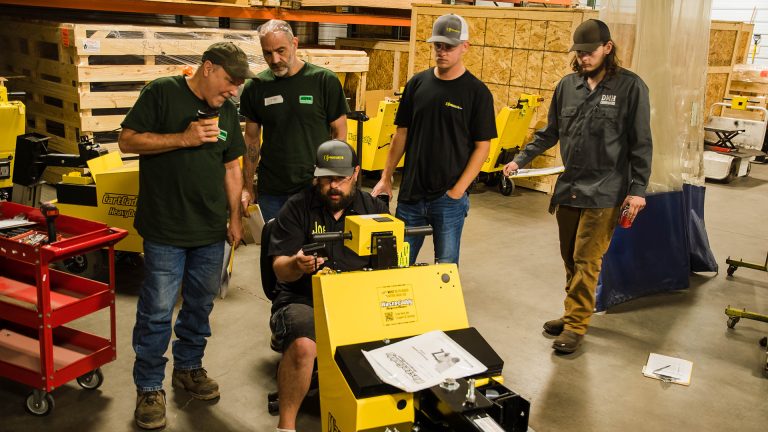We’ve spent some time this week talking about the changing climate in Washington with regard to ergonomics and ergonomic legislation. On the campaign trail, President Obama repeatedly promised workers a healthier, safer workplace, saying he would use the full weight of his office to attack the problem of musculoskeletal injuries. Confirmation this week Hilda Solis as Obama’s new Labor secretary is expected to get the ball rolling.
Despite the fact that ergonomic systems and equipment have been repeatedly proven to significantly reduce worker injury and the exorbitant medical, insurance, disability and lost man-hour costs associated with musculoskeletal injuries, recent news reports give the impression that business owners fear the financial burden of government-regulated ergonomics. Admittedly, as one of the nation’s premier manufacturers of ergonomically-designed electric carts and motorized cart pushers, DJ Products is a bit biased on the subject. However, our considerable experience with customers from large manufacturers to small business owners indicates that rather than fearing ergonomics, savvy businessmen are embracing it, not only to protect the health and safety of their employees, but to streamline production and reduce production costs. In our experience, most purchasers of our ergonomic carts, tugs and movers recoup their investment within the first year, noting savings in medical and production costs.
In news reports of ergonomic panic, the leadership of the U.S. Chamber of Commerce appears to be fanning the flames of dissent. The chamber cites cost and potential for abuse (i.e., paying the cost of worker injuries suffered off the job) as its two main reasons for opposition. There are always some people who will try to abuse the system, but we don’t imagine that abuse will be any greater with ergonomic rules than without them. If potential abuse were the deciding factor, there wouldn’t be any government programs, so this argument is negligible.
The issue of cost, particularly in the current economy, is, of course, a consideration. However, throughout industrial history, new innovations have required some re-tooling to reap greater profit. With ergonomics, considerable benefits can be realized from minor changes: a change in position, routine or tool placement. Ergonomic equipment can be introduced gradually, a sector at a time, allowing businesses to realize immediate gains without tremendous financial outlay.
The chamber argues that regulation is unnecessary because businessmen recognize the value of ergonomics and are implementing programs without government intervention. If that’s true, then what’s the harm in regulation? The fact is that forward-thinking businessmen do recognize the value of ergonomics and they are integrating ergonomics into their operations. But many are not and their workers suffer so government acts for the common good.
But enough from us, we want to hear from you on this issue. Where do you stand on the ergonomic debate? Let us know and we’ll share your thoughts with our readers.


